There is one thing that baffles me. It is the idea of time. We are going to talk about Time Perception or how the brain experiences time. We look at clocks, we learn what an hour is. We look at the sun, we know what a day is.
But do we? We can purposefully evaluate what time is. We can imagine how much time we have before it is our birthday, how much time is left to leave the office. We can imagine how tediously long a boring conversation would be.
I mean, our interpretation of what we consciously know includes an aspect of time. But what is the brain component doing?
The sense of time is one of the most unique sensory systems.
Time perception: What is time for the brain?
Time is elusive. All of evolution has largely had background information which is represented as the environment through Time. Time is a variable that has always existed for us. For most of us, our estimation of time depends on 3 things on the surface:
- Biological clocks: Repeating patterns in our biological systems create an internal clock. Like the circadian rhythm, heart rate, hair growth, etc.
- External references: Clocks, time of day, seasons, human activity, etc.
- Intervals: A car drive being 3 songs long, gaps between meetings/phone calls, gap between meals, etc.
But these are just factors that govern the core component of time – the amount of neural resources and how they translate to memory.
A few years ago, I learned about David Eagleman’s research on Time perception. He ran a number of experiments to see how humans perceive time – what leads to experiencing time differently. His team concludes that we experience time as a function of information entering the brain. Time is experienced based on the neural representation of what we experience.
More representation = more time felt.
Less representation = less time felt.
What does it take for the brain to, metaphorically, ‘hold the incoming information’? What is this representation? Whatever mental & biological resources the brain uses to represent incoming information, somehow, is bound to our idea of Time. Those resources build what we otherwise call “a memory.” Rich memories have more details in them and are correlated with high mental/biological resources. Weak memories have few details in them and are correlated with low resources. The resources used may be used at 3 levels: During the formation of the memory, during the retrieval of the memory, and to represent all the details in it.
These resources are, for example, availability of attention, physical readiness to fight or fly, mental “bookmarks” of to-do things, knowledge units that are activated for reference, glucose consumption, availability of nutrients and glial cells, etc.
Feeling like everything is happening in slow motion just before an accident? Your brain is in a hyper-perceptive state. Information is probably dense and a lot of mental resources are being used to hold it. Unless you pass out.
David Eagleman devised an experiment to see if we actually perceive time in slow motion. He simulated people falling from a height which would push the body in a hyper-perceptive ‘save yourself’ mode: mimicking a deadly situation. He then attached a screen in front of their eyes with very fast presentations of visual stimuli. He hypothesized that if time slows down in a dire situation, the subjects should see the high-speed content on the screen. But they did not.
Turns out that we don’t ‘see’ more information consciously because everything is moving slowly. But we experience a much longer duration of time when our body is in a dire situation – like falling from a dangerous height. Time then becomes a function of how many resources the brain avails in a situation.
The brain experiences time as a function of the energy and resources needed to experience the moment and create its memory. More resources, more time experienced. Few resources, less time experienced. Click To TweetThe brain experiences time as a function of the amount of energy it takes to represent sensory information as neural impulses. The more energy required, the slower time is perceived. You can think of it as more information coming into your senses, more time you’ll feel it takes. Suddenly reduce that information, the moment will pass by very quickly.
However, there is more – it’s probably not just senses. Suppose you haven’t talked with someone for a while and you remember that you have so many things to tell them but haven’t. If you estimate the time you spent without talking to them, you might overestimate the time because so many thoughts are yet to be shared. That is, the amount of information in your head assigned to that gap between not talking and now is high. So estimation of time is high.
How long does time feel? Prospective and Retrospective time monitoring
When we are in the moment evaluating how time is passing, we are measuring time prospectively. Like the time you experience shopping while shopping. When we are remembering events from memory, we are measuring time retrospectively. Like recalling how you had a trip with your friends 10 years ago.
Both of these aspects of time are evaluated quite differently based on how much memory there is for an event.
| High memory event Family trip, school, fun date | Low memory event Waiting, boring lectures | |
|---|---|---|
| Retrospective (past) | Feels long | Feels short |
| Prospective (current) | Feels short | Feels long |
Other factors also affect our final judgment. When it comes to retrospective time perception, we may rely on specific memories to remember the event. Chances are many of the memories are no longer there in the brain and you may only remember the first, last, and middle events or the peak moments. Generally speaking, what we remember is a portion of the entire memory that we built for an event. And when we remember it, we end up compressing it into just the highlights. We then consciously use decision-making principles to use a new version of that memory to estimate the magnitude of that memory, and then estimate the time that passed during that memory. 2 decision-making principles affect this the most:
- The availability heuristic: We base decisions and judgments on what we can quickly remember and use that as a reference. So what we remember from an event becomes the reference point for evaluating the time it took. For example, we may remember just the most exciting moments from a specific period and think that time had only exciting moments and then estimate how long those moments may have lasted. It could feel like a long year based on how much new stuff happened (assuming you remember all of it) or a short year (if it had nothing exciting).
- Negativity bias: We are inclined to pay more attention to and remember negative events. This additional importance we give to negative information becomes a highlight from the entire memory. If a period from your past had many negative events, you may estimate that entire period to have lasted longer than it did.
In short, what you pay attention to and how many things you can remember give rise to a total “amount of brain resources” used for that memory. And like we’ve seen, the higher the resources, the higher the perceived time. Lower the resources, lower the perceived time.
Vsauce, in his video called “illusions of time[1],” describes it well – your perception of time depends on how “full” or “empty” that period is. The fuller it is, the longer it feels. The emptier it is, the shorter it feels. But only in retrospect. Otherwise, our perception is reversed – a fun day with friends might feel like it got over soon but waiting for your uber standing might feel like an endless wait.
So why do prospective and retrospective memories feel contradictory when it comes to the experience of time? One explanation is that empty moments actually generate a lot of biological “noise” which is aimless neural activity. This noise increases the amount of resources the brain has to monitor that moment. For example, feeling restless and bored while waiting is actually a threatening state to the body because the brain has evolved to stay engaged with the environment. This physical state might induce a “fight-flight” response to get rid of the boredom. That itself builds brain activity and taxes working memory – both lead to an overestimation of how time has gone by. And in stark contrast, there is very little new memory created for the time you are waiting, so that noise disappears and the brain assigns an estimate of time proportional to the actual details in that memory – very little.
Similarly, for fun times, you develop rich memories that have a proportionally high “felt” time. But while going through that day, your brain is occupied processing the moment and not actively letting you “inspect” its memory. That is something you can do much later – after the day has passed. So until the memory forms, your attention doesn’t get a time stamp. Suddenly, you may feel 2 hours have gone by while conversing.
In short, and as a working theory: Prospective time perception depends most on the resources being used, and Retrospective time perception depends on the memory built out of those resources.
Time perception through the lifespan
A cool insight about experiencing time is how much new ‘footage’ your brain creates in an experience. When you are young, you are constantly learning and you are seeking novelty. A youngster is learning the rules of the world, academic content, life experiences, meeting new people, working on hobbies, etc. As a result, the brain enables more resources, creates new memories, time passes slowly. But when you reflect on the time you spent, you can immediately notice that you had a lot of time.
When you are in your 30s I’m sure you’ve wondered – ‘how the hell did I have so much time?’ I did so many things when I was young. That is because time was relatively slow for your brain because there were many novel and stimulating experiences.
When you are 60, there is little the average person does that has not been done before. There is little novelty and as a result, time perception is faster. You don’t create new memories, you don’t learn as much. This makes your experience of time really fast. When you look back, the “I-had-so-much-time’ emotion is even more magnified.
David Eagleman describes how to slow down time perception very well in this short video. Check it out.
Doctor Who is right…
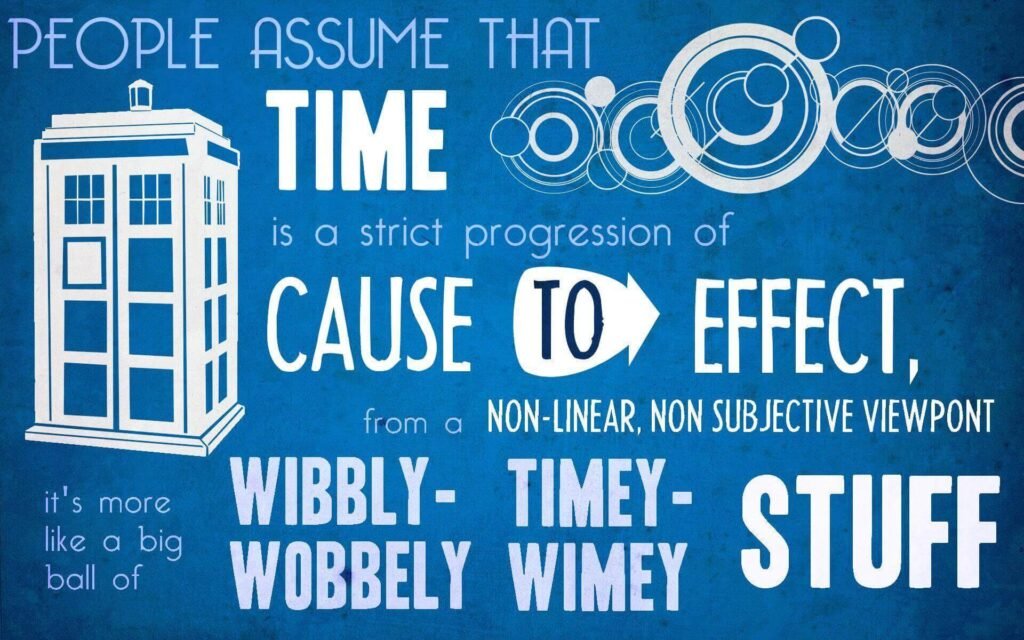
Time perception – the wise words of Doctor Who
except… that wibbly wobbly timey wimey stuff is the brain.
The biology of time perception
The crazy thing is that our body does have rhythmic behavior like a clock – brainwaves, sleep cycles, temperature regulation, etc. It could’ve been intuitive that such rhythms are used to model time.
But NO. Not completely, at least.
Representation of information is used to perceive time. This is over and above our purposeful calculation of Time – like looking at the clock.
A new profound discovery is that of the time cells in the brain[2]. Turns out that time is embedded in our memory, specifically episodic memories (the memory of experiences). We know that there is a small brain region buried deep toward the center of the brain that is important for forming memories and understanding space and locations. This region also learns to understand time. These ‘time cells’ in the hippocampus seem to be important for representing anything that has a temporal component. They integrate space, time, and memory.[3]
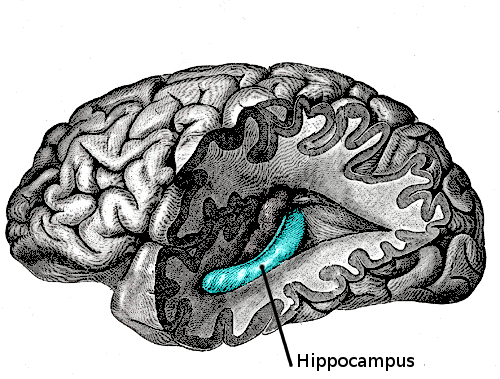
Sounds intuitive right? Not so much. Because, even though the hippocampal region integrates space, time, and memory, we can consciously separate all 3 to an extent and reflect on each component. Here is what makes things even more complex. We know that memory is closely related to time perception. We can then look at the location of memory in the brain. But that isn’t an easy question to answer. There is evidence that there are multiple levels of memory storage, biologically speaking – as a supply of neurons to form memories, at the cellular level, at a neural interaction level, etc. We won’t get there today. Read this [4]to get a technical idea, and read this[5] for the biological aspects of memory.
A new theory[6] of time perception looks at the possibility of an “internal metronome.” The researchers hypothesize that mitochondria in the brain emit photons at a certain frequency that are detected by photoreceptor neurons.
The exact mechanism of how this occurs is currently unknown and how it ties with neural resources is also unknown. It may be that this photon emitting frequency depends on neural resources that are activated. Or, like a musician listening to a metronome to keep time, the memory is tagged with a photon frequency, and the number of resources used is given a second frequency like “10 memory details per single oscillation” compared to “no details per 5 oscillations” and another set of neurons record that measurement and give it a length of time. This, however, is all speculation.
Time has to be this timey-wimey thingy that our brain does or perceives or creates.
Time perception is an elusive…. what’s the right word?
Artifact.
Read more: BRAIN TIME | Edge.org[7]
Still hungry for more time? Read even more.[8]
P.S. This article is not intended to confuse you.
P.P.S. I lied. Can’t help it. Time perception is incredibly complex and we know very, very little. Let’s not even get to the physics side of the nature of time. Perhaps understanding the nature of time and time perception would make us time-lords in the real sense.
P.P.P.S. So Who is a time lord? Get it? 🙂
Sources
[2]: https://www.ncbi.nlm.nih.gov/pmc/articles/PMC3163062/
[3]: https://www.ncbi.nlm.nih.gov/pmc/articles/PMC3163062/
[4]: http://www.jneurosci.org/content/29/41/12711
[5]: https://qbi.uq.edu.au/brain-basics/memory/where-are-memories-stored
[6]: https://www.sciencedirect.com/science/article/abs/pii/S0306987719302415
[7]: https://eagleman.com/latest/brain-time/
[8]: https://pdfs.semanticscholar.org/c70f/fb5ffc1b7dda6f62a327e74b23b9c4b02306.pdf

Hey! Thank you for reading; hope you enjoyed the article. I run Cognition Today to paint a holistic picture of psychology. My content here is referenced and featured in NY Times, Forbes, CNET, Entrepreneur, Lifehacker, 10-15 books, academic courses, and research papers.
I’m a full-time psychology blogger, part-time Edtech and cyberpsychology consultant, guitar trainer, and also overtime impostor. I’ve studied at NIMHANS Bangalore (positive psychology), Savitribai Phule Pune University (clinical psychology), and IIM Ahmedabad (marketing psychology).
I’m based in Pune, India. Love sci-fi, horror media; Love rock, metal, synthwave, and pop music; can’t whistle; can play 2 guitars at a time.

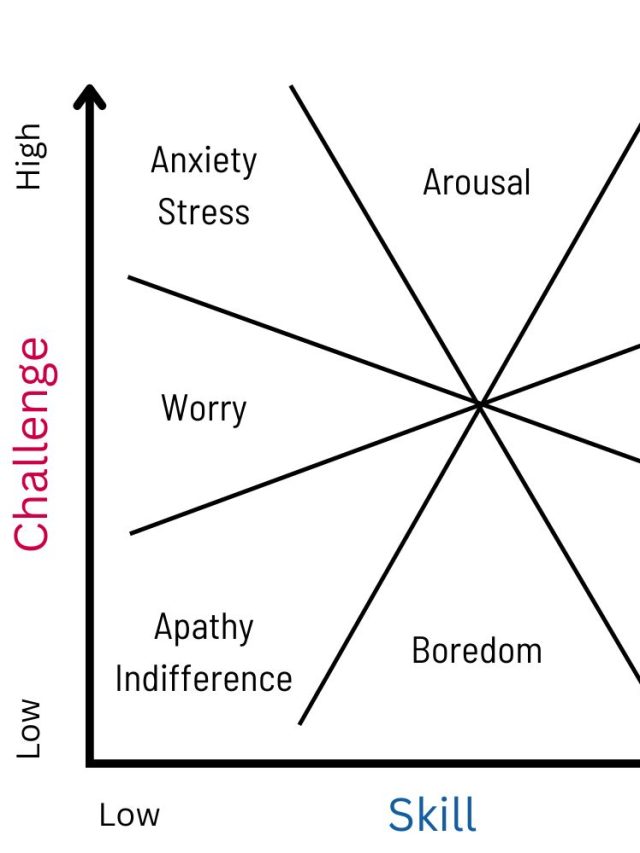

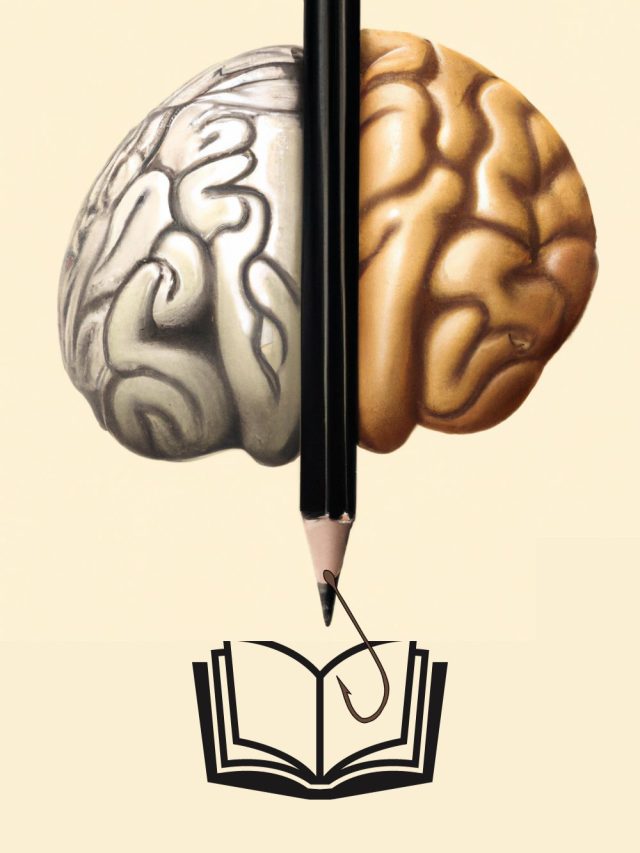




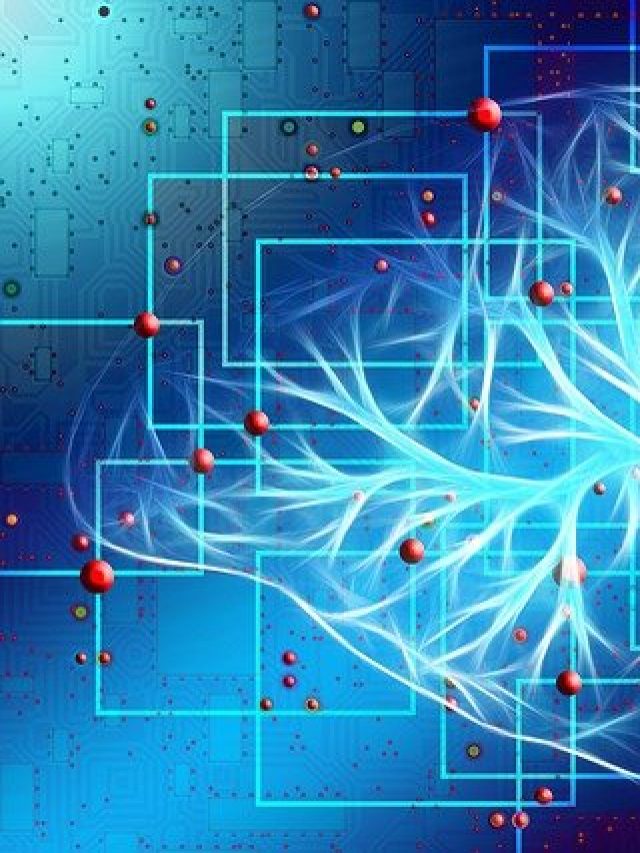
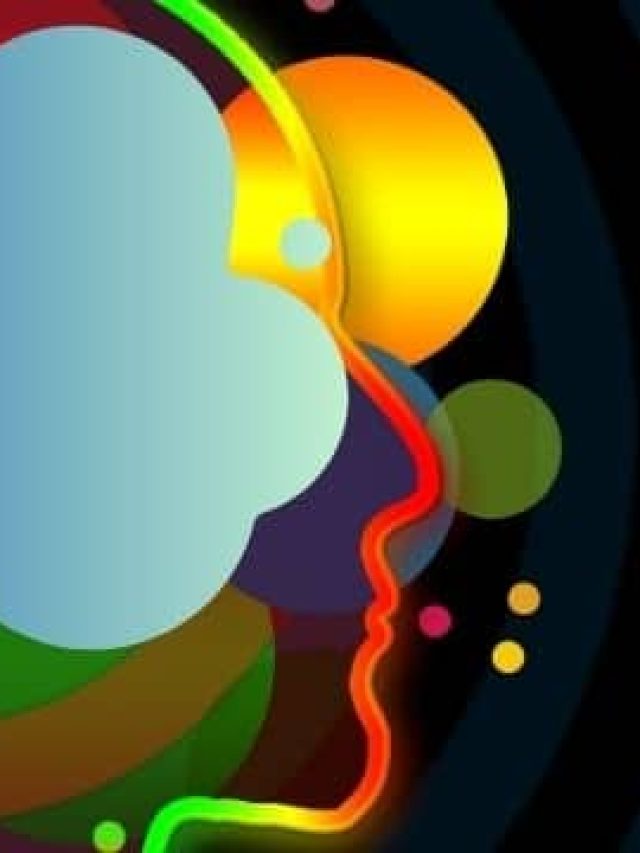

hey Aditya
Liked to your article.
I’m Gaurav from Dehradun and today was an unusual day when songs while driving felt like I really heard them – as opposed to entire verses that would otherwise rhyme by.
Can we chat sometime @gauravsobti_
Hey Gaurav, thank you! I DMed you on Twitter:)
What about nonhuman beings perceive time